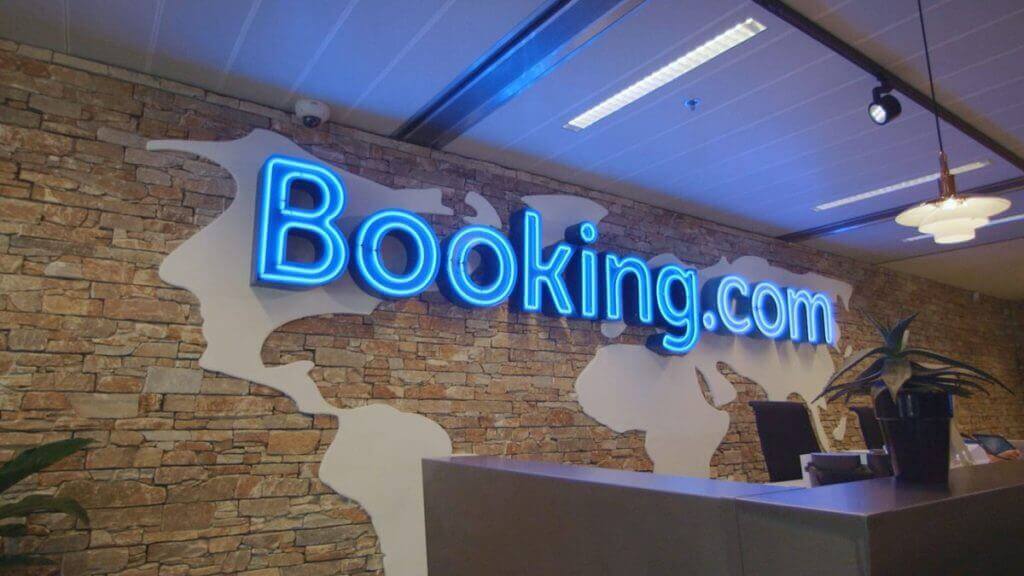
Typically, when we want to gauge the demand for our destination, locality, and even our property, we turn to Google as the primary source of information. Sure, Google offers a wealth of data through Google Trends, Google Insights, Google Hotel Insights, and Google Travel Insights.
NB: This is an article from Direct Your Bookings
Subscribe to our weekly newsletter and stay up to date
However, in my opinion, this information can be too broad and not entirely functional.
That’s why I pay much more attention to Booking.com.
Indeed, Booking.com provides us with a clear indicator of how strong the demand is, how it’s evolving for our destination, and how we’re performing relative to that demand over time.
Ultimately, the goal is to obtain a line chart or timeline that reveals actionable insights. But let’s start with how to pull out the stats we need from Booking.com.
Within Booking.com’s excellent analytics section, you’ll find a report called the Ranking Dashboard for your hotel’s name.

It features three essential numbers that can give us an idea of how demand has evolved collectively – not necessarily broken down by days, weeks or months – but enough to understand. These are the metrics we want to focus on.
I know Booking.com isn’t the only OTA out there and doesn’t provide a complete picture of total demand for our destination.
However, it does offer a very clear indication. Even if you check your booking engine, it will only represent a small portion of the actual demand you can address in terms of numbers on Booking.com.
So, these are the three KPIs we need to examine:
- Search Result Views (the number of times your property is visible in search results)
- Property Views (how many times users view your property page on Booking)
- Bookings (the number of confirmed bookings).
The Search Result Views refers to people searching for specific days at your particular destination, location, or establishment, and the number of times your property appears in the search results.
In other words, it’s the listing frequency.




